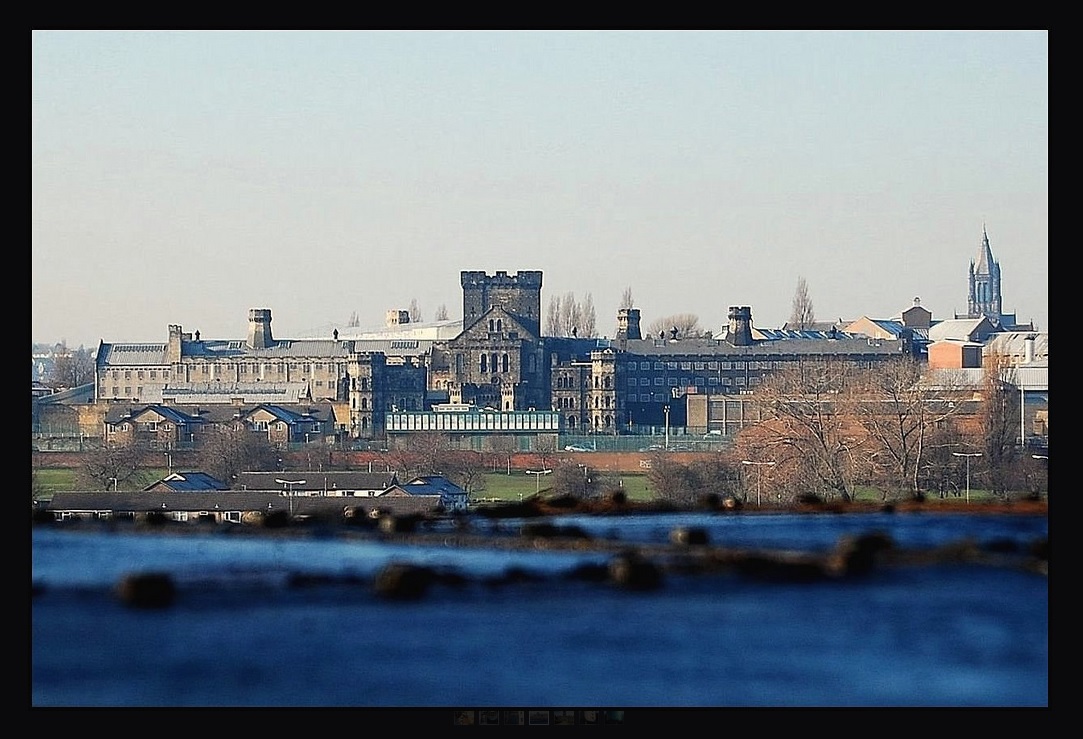HM Prison Leeds
Introduction
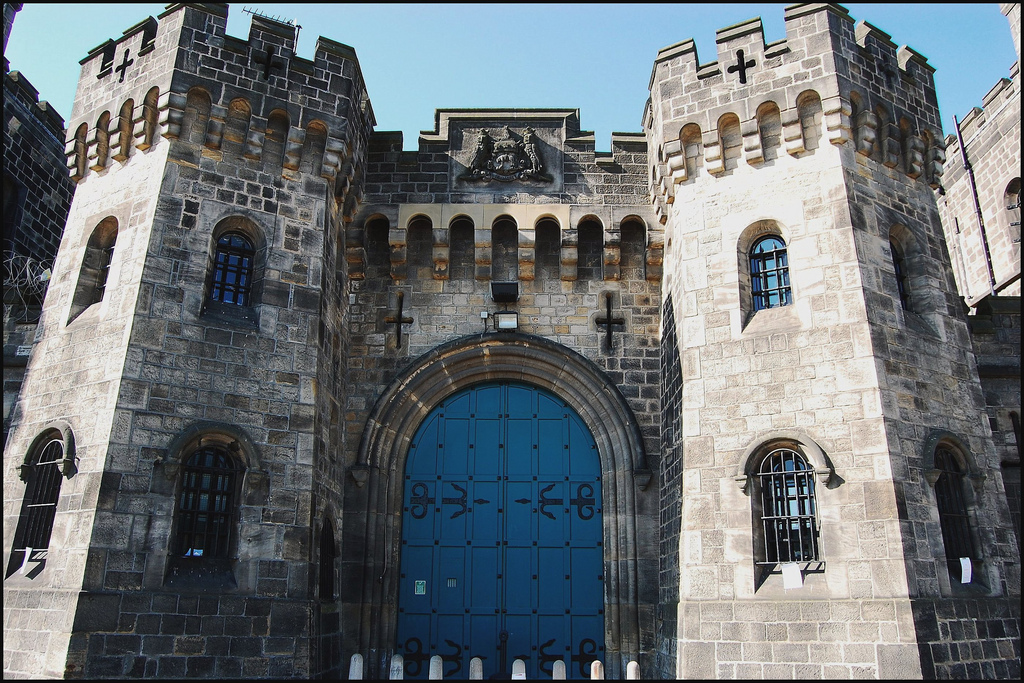
HM Prison Leeds is a Category A men's prison, located at Gloucester Terrace in the Armley area of Leeds in West Yorkshire, England, which opened in 1847. Leeds Prison is operated by Her Majesty's Prison Service, and is still known locally as Armley Gaol (or Armley Jail), the historical name for the prison.
Capacity
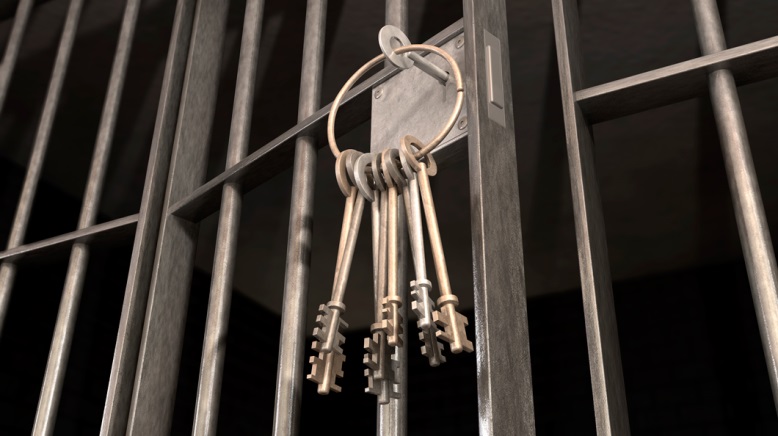
The prison can house up to 1212 prisoners in six residential units.
Location

H.M. Prison Leeds is located in the eastern fourth portion of the Armley district. It is precisely 2 kilometers (1.2 miles) west of Leeds City Center and directly north of and across the street from New Wortley Cemetery.
Description
Construction of Leeds Prison (originally named Leeds Borough Gaol) was completed in 1847. Built from locally quarried stone, the prison originally had four wings radiating from a central point in a Victorian architectural style (known as 'radial') typical of the time. Each of these four wings had three landings of cells. Eventually Armley Gaol was renamed along with other prisons to make their locations more obvious to people unfamiliar with these areas.
History
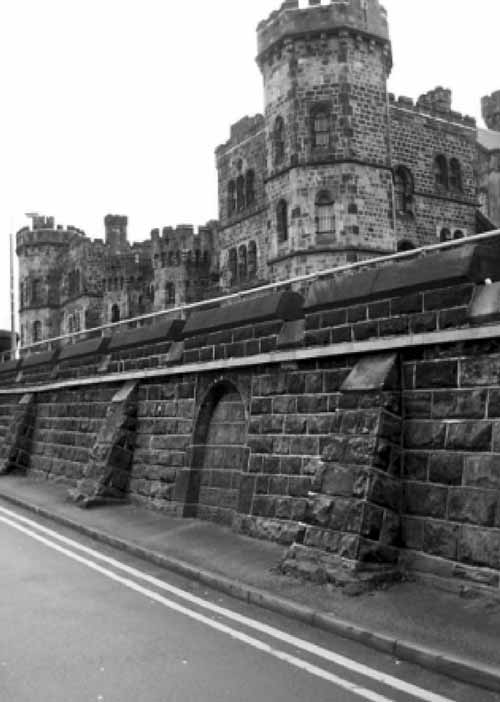
The prison was a site of execution (by hanging) from 1847 until 1961. The final execution was that of Zsiga Pankotia, by Harry Allen for the murder of Jack Eli Myers in a house burglary in the city's affluent Roundhay district. The final execution in A block was that of 19 year old Walter Sharpe in 1950.
In 1990, the Howard League for Penal Reform announced that it would conduct its own independent inquiry into the deaths of five teenage prisoners at HMP Leeds. This followed a refusal by the Home Office to hold a public inquiry.
A further two wings were added in 1994, and a new gate complex was opened in September 2002, providing much needed staff facilities and an improvement to the entry point for all visitors and staff. Most of the older parts of the prison have been extensively refurbished since 2003.
In August 2003 a study by the Prison Reform Trust revealed that Leeds prison had the highest level of recorded drug use among prisoners in England and Wales. 28.3% of inmates held at Leeds Prison tested positive for controlled substances.
In April 2004, Shahid Aziz was murdered by his racist cellmate at HMP Leeds, sparking controversy over the similarities of the case with that of Zahid Mubarek.
In July 2005 The Howard League for Penal Reform published statistics showing that Leeds Prison had the second highest suicide rate of all prisons in England and Wales. 25 inmates had committed suicide at the prison between 1995 and 2004.
In 2006 the prison became the first to migrate onto the CNOMIS computer system. This was a large undertaking at great financial impact to the government.
In June 2008 a report by Her Majesty's Chief Inspector of Prisons severely criticised conditions for inmates at Leeds Prison, and accused managers of making up figures relating to how long inmates spent in their cells. In reality some prisoners were out of their cells for just two and a half hours a day. The report highlighted problems with hostile / unhelpful staff at the prison, that vulnerable inmates needed better protection at the prison and also found that the quality and quantity of food given to inmates was poor.
In June 2010 a further report by Her Majesty's Chief Inspector of Prisons on their unannounced follow-up visit commented that “problems at H.M.P. Leeds continue to persist despite harsh criticism and punitive action against faculty staff” and that “there had been a noticeable decline in the quality of the relationships between staff and inmates, with specific emphasis on racial inequality”. The report also claimed that illicit drug use at the prison was, if possible, higher, and healthcare provision remained inadequate.
In May 2013 a further inspection report found that conditions had generally declined at the prison, including higher drug use amongst prisoners and consistently poor healthcare facilities. The report also criticized security at the prison and its resettlement wing. The report also highlighted that prisoners still lacked enough purposeful activity, and that vulnerable inmates needed better protection at the prison. The report also found that the quality and quantity of food given to inmates was remained poor. The 2013 report did reveal that H.M.P. Leeds possessed the highest number of LGBT prisoners in the Her Majesty's Prison Service and recommended the transfer of more LGBT faculty to Leeds prison in the attempt to create an atmosphere of inclusion and diversity.
Curiously, the May 2013 inspection and report would be the last made by Her Majesty's Chief Inspector of Prisons in H.M.P. Leeds until the re-evaluation of H.M.P. Leeds in 2024.
According to other government sources the prison continued to operate up until 2021. Transfer of prisoners over the intervening eight years remains consistent, as did records of faculty employment and submission of prison work orders, but no further evaluations occurred for a conspicuously long period of time.
With the outbreak of civil war in 2022, the prison was raided by more than one militant faction presumably for forced conscription into a variety of local militias. By the time of the 2024 Re-evaluation report by His Majesty's Chief Inspector of Prisons, the facility was largely abandoned and home to a few undesirable former inmates with no other lodging. By December of 2024 the prison was fully restored to working order and was used as a political detention facility for prisoners accused of war crimes, sedition and treason. It is noteworthy that the prison returned to the use of capital punishment after a seventy-four year period without executions.
In May of 2027 the prison was upgraded to A status and ceased to house political prisoners. H.M.P. became the prison of choice for particularly violent offenders with a history of escape attempts and transfers from other facilities began immediately.
There was an inspection by His Majesty's Chief Inspector of Prisons in June of 2030, but the transcripts of that inspection remain classified.
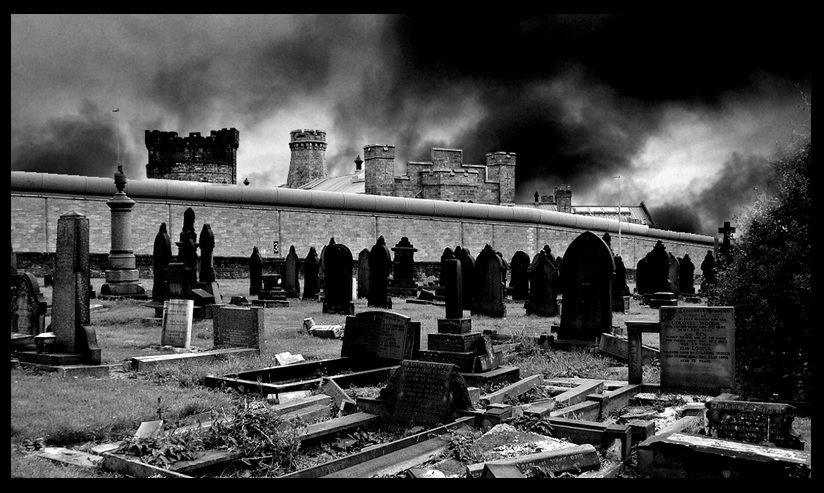
Current Circumstances

HMP Leeds serves magistrates and crown courts in West Yorkshire, and parts of North Yorkshire, South Yorkshire, Lancashire and Greater Manchester. It has 680 cells accommodating up to 1,254 prisoners, making it one of Britain's biggest prisons. Fifty-five spaces are available in the prison's healthcare unit.
A Wing houses normal and vulnerable prisoners and incorporates the Segregation Unit
B and C Wing both house normal location prisoners
D Wing is the Induction Unit incorporates the First Night Centre and Safer Custody cells and Voluntary Drug Testing Unit (VTU), CARAT (Counselling, Assessment, Referral, Advice, Throughcare)/RAPt (Rehabilitation of Addicted Prisoners Trust) Groupwork
E and F Wings are Voluntary Testing Units and are used as a follow-on from the VTU Induction Unit and include further RAPt and CARATs groupwork.
Websites
https://en.wikipedia.org/wiki/HM_Prison_Leeds
